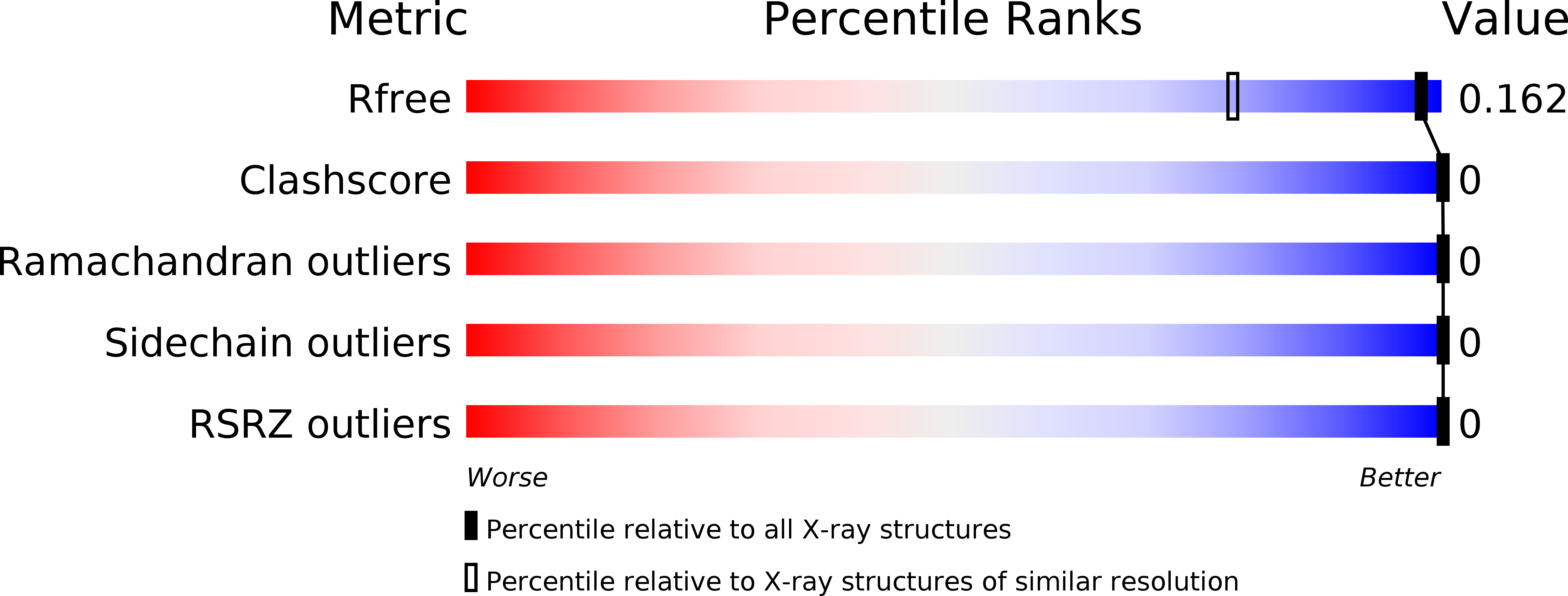
Deposition Date
2017-07-19
Release Date
2018-04-18
Last Version Date
2023-10-04
Entry Detail
PDB ID:
5WIQ
Keywords:
Title:
Crystal structure of the segment, GFNGGFG, from the low complexity domain of TDP-43, residues 396-402
Biological Source:
Source Organism:
Homo sapiens (Taxon ID: 9606)
Method Details:
Experimental Method:
Resolution:
1.25 Å
R-Value Free:
0.16
R-Value Work:
0.15
R-Value Observed:
0.15
Space Group:
P 1


